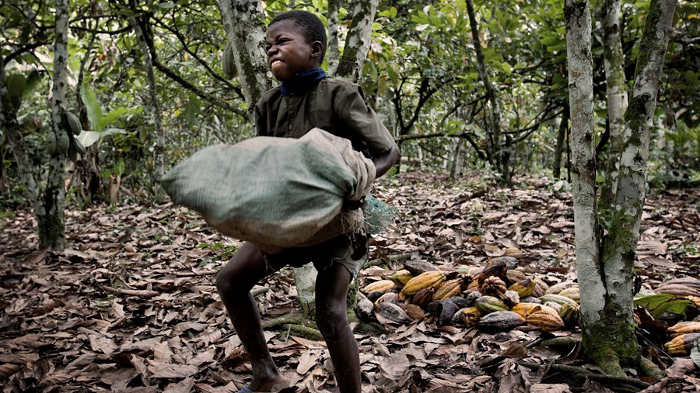Last Monday, June 12, Ghana had the occasion to join the rest of the world to celebrate the World Day Against Child Labour. The day, set aside by the UN, is to help raise awareness of and step up activism to prevent child labour in any form.
The International Labour Organisation (ILO), a United Nations agency dealing with labour problems, defines child labour as work that deprives children of their childhood, potential and dignity and which is harmful to their physical and mental development.
According to the ILO, poverty and low incomes are the primary causes of children having to sometimes work for long hours which is associated with detrimental effects on children’s total development.
In some extreme forms, child labour involves children being trafficked, enslaved, separated from their families, exposed to serious hazards and illnesses and/or left to fend for themselves. In Ghana, most of these children are often engaged in fishing, stone quarrying and illegal mining, acts that deprive them of education.
Sad to say, the 2014 Ghana Living Standards Survey Child Labour Report indicates that there is child labour in every region of the country, with every child directly affected and more than one in 10 (14.2 per cent) engaged in hazardous work.
The report established that apart from the Greater Accra and the Central regions, each of the other region had more than 20 per cent of children as victims and that the menace was endemic in many local communities, especially in deprived ones.
It is also estimated that there are over one million children of school age in Ghana who are excluded from school. It can, therefore, be safely concluded that most of the children engaged in child labour do not go to school
It is, however, not all gloomy, as the Chief of Staff, Mrs Akosua Frema Osei-Opare, is reported to have announced at a durbar to mark the day that the government plans to roll out the second National Plan of Action (NPA 2) to help eliminate the practice.
The GHc2.7-million action plan, which is expected to complement the shortfalls in the NPA 1, has a life span of four years (2017-2021) and there is currently resource mobilisation going on to ensure its effective implementation. (Daily Graphic, June 13, 2017.)
The Mirror adds its voice to Mrs Osei-Opare’s observation that combating child labour requires a comprehensive plan with coordinated action from stakeholders. We assume that the relevant stakeholders being referred to include parents and guardians. They must be directly targeted because they play crucial roles in this whole child labour saga.
The Mirror believes the plan will correct the failures and improve on the objectives in the NPA 1 (2009-2015), such as the development of labour saving tools for children to go to school and also urges Cabinet to expeditiously approve the NPA 2 to set the policy in motion.
And while at it, we must allow our children to grow up and get educated to enable them to contribute what they can to national development. Let’s build the future with our children.

